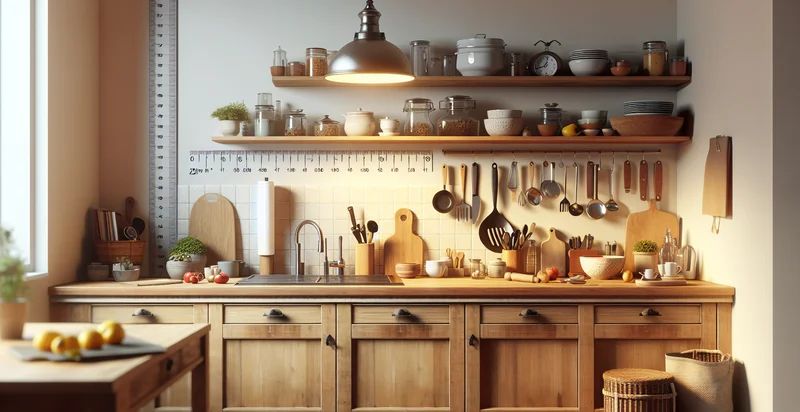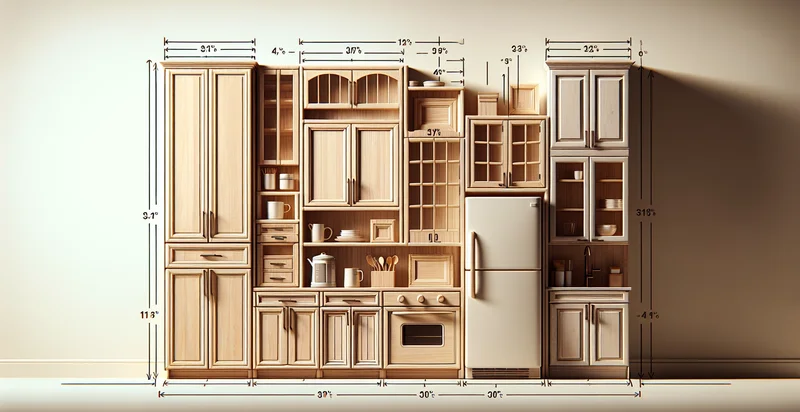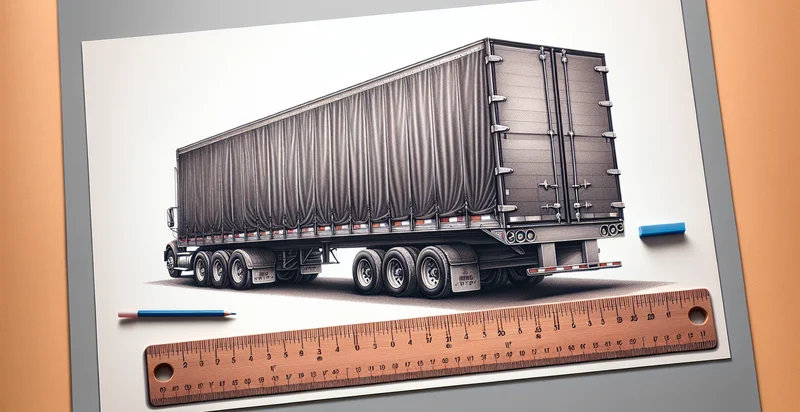Identify height of counter in feet
using AI
Below is a free classifier to identify height of counter in feet. Just upload your image, and our AI will predict the height of the counter in feet. - in just seconds.

Contact us for API access
Or, use Nyckel to build highly-accurate custom classifiers in just minutes. No PhD required.
Get started
import nyckel
credentials = nyckel.Credentials("YOUR_CLIENT_ID", "YOUR_CLIENT_SECRET")
nyckel.invoke("height-of-counter-in-feet", "your_image_url", credentials)
fetch('https://www.nyckel.com/v1/functions/height-of-counter-in-feet/invoke', {
method: 'POST',
headers: {
'Authorization': 'Bearer ' + 'YOUR_BEARER_TOKEN',
'Content-Type': 'application/json',
},
body: JSON.stringify(
{"data": "your_image_url"}
)
})
.then(response => response.json())
.then(data => console.log(data));
curl -X POST \
-H "Content-Type: application/json" \
-H "Authorization: Bearer YOUR_BEARER_TOKEN" \
-d '{"data": "your_image_url"}' \
https://www.nyckel.com/v1/functions/height-of-counter-in-feet/invoke
How this classifier works
To start, upload your image. Our AI tool will then predict the height of the counter in feet..
This pretrained image model uses a Nyckel-created dataset and has 52 labels, including 1 Foot, 10 Feet, 11 Feet, 12 Feet, 13 Feet, 14 Feet, 15 Feet, 16 Feet, 17 Feet and 18 Feet.
We'll also show a confidence score (the higher the number, the more confident the AI model is around the height of the counter in feet.).
Whether you're just curious or building height of counter in feet detection into your application, we hope our classifier proves helpful.
Related Classifiers
Need to identify height of counter in feet at scale?
Get API or Zapier access to this classifier for free. It's perfect for:
- Kitchen Equipment Compliance: This function can be utilized in commercial kitchens to ensure that countertops meet specific height regulations. By identifying the height of counters in feet, it helps restaurants comply with health and safety standards, thus avoiding potential fines and enhancing food preparation efficiency.
- Furniture Retail Optimization: Furniture retailers can use this classification function to categorize their products based on the height of countertops. This aids customers in finding suitable options for their homes and helps retailers optimize inventory by determining which heights are most popular.
- Interior Design Assistance: Interior designers can incorporate this function into their design software to recommend countertop heights that fit client needs seamlessly. By analyzing the identified heights against the average heights of users, designers can create spaces that are ergonomically suitable for their clients.
- Accessibility Assessment: Organizations focused on accessibility can use the function to evaluate the heights of countertops in public and private spaces. Identifying whether these heights meet accessibility standards can guide renovations and ensure compliance with regulations like the ADA (Americans with Disabilities Act).
- Construction Planning: Construction firms can leverage this classification to assess materials and design plans that align with height specifications. When planning kitchens or workspaces, ensuring that counter heights are suitable for intended use can lead to better workflow and user satisfaction.
- Data Collection for Real Estate: Real estate agents can use this classification function to gather data on the height of countertops in various properties. This information can help them market homes better by highlighting features that might appeal to potential buyers, such as elevated kitchen counters.
- Ergonomic Research: Researchers studying ergonomics can employ this function to collect data on countertop heights across different environments. Analyzing how these heights affect user comfort and efficiency can drive innovations in furniture design and workplace ergonomics.


